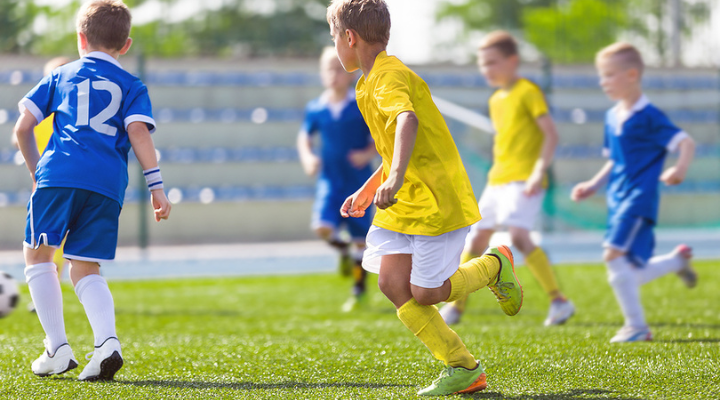
Getting children active is important. Yet figures from the NSW Population Health Survey show only 25 per cent of kids exercise for 60 minutes daily.
That means 75 per cent of New South Wales’ children fail to meet the daily recommended level of physical activity.
And it isn’t just in New South Wales that kids’ activity levels are below par.
The Australasian Society for Physical Activity (ASPA) along with Australian universities and research institutes released an Active Kids Health Report Card this year.
The Report Card reveals a score based on 10 indicators of kids’ activity levels drawn from national and state/territory representative data.
Aussie kids need to boost their activity levels
Unfortunately, Australia scored a D- in its rating – which is no improvement on the 2018 report.
The good news is that organised sport outside of school scored more highly (B-). Two-thirds of children and young people are participating in some form of organised sporting activity at least once a week.
According to the federal government’s Australian Institute of Health and Welfare, there are a host of benefits to kids’ exercising.
It’s well known that physical activity is fundamental to the health, development and wellbeing of a child.
Good fitness activities support bone strength and muscle control as well as balance, coordination and brain development. They also help with weight control, better sleeping habits, mental health, self-esteem, concentration and confidence.
Schools which have traditionally played a big role in getting kids active are underperforming, according to this report. Many are apparently not meeting their mandated sport program targets.
There is plenty of reason then to support any initiative boosting children’s activity levels.
Organised sport is near the top of the table, second only to parks and recreation areas (rated A+) as opportunities for children to get active. So there is a good foundation to build on.
All this points to plenty of opportunity for fitness-focused businesses to help get kids back on track.

